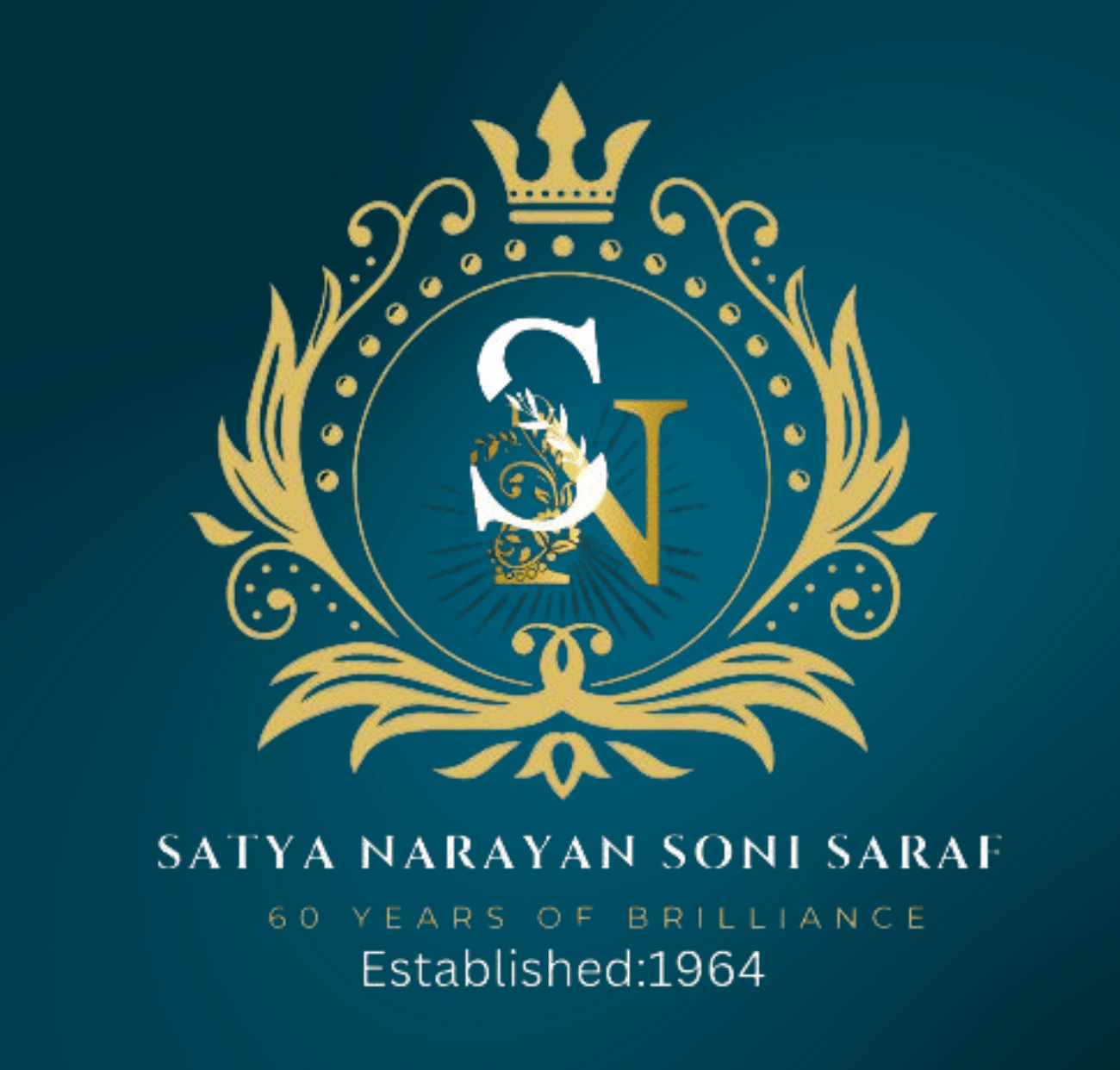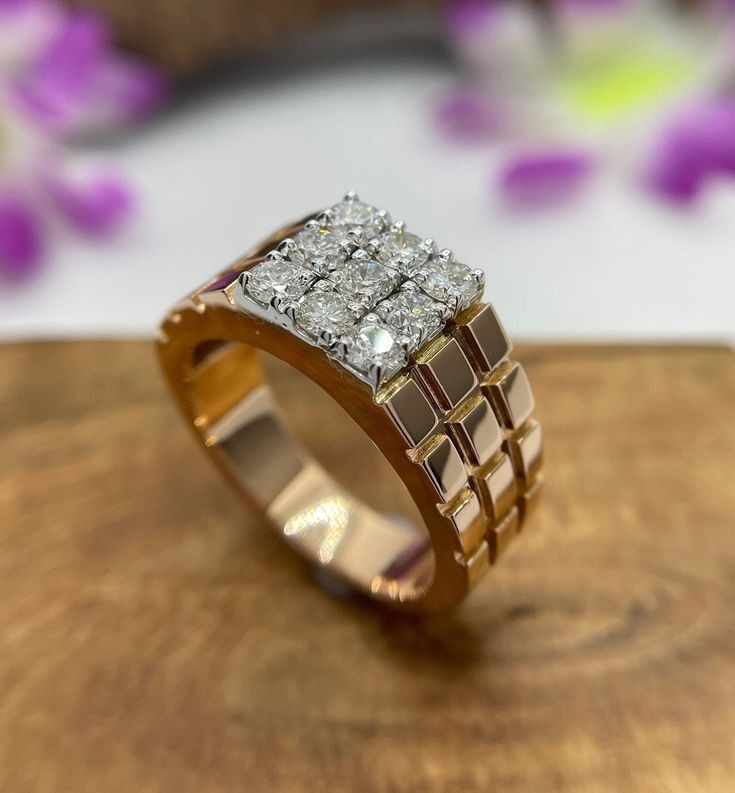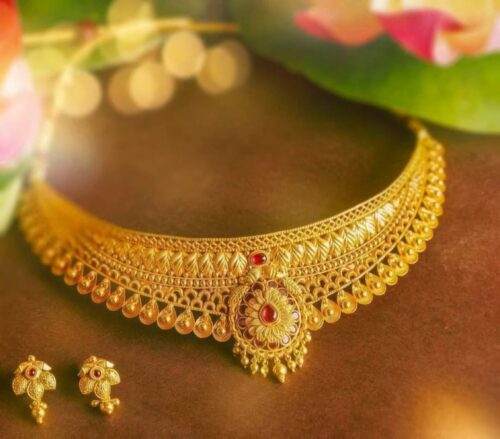Diamond jewelry has captivated hearts for centuries, transcending cultural boundaries and becoming a symbol of love, commitment, and luxury. While its dazzling appearance is undeniable, the significance of diamonds goes far beyond their visual appeal. Let’s delve into the reasons why diamond jewelry holds such an esteemed place in our lives and society.
A Symbol of Love and Commitment
One of the most prominent roles of diamond jewelry, particularly diamond rings, is its association with love and commitment. The tradition of giving a diamond engagement ring dates back to the 15th century, but it gained immense popularity in the 20th century, thanks in part to De Beers’ iconic marketing campaigns.
- Enduring Love: Diamonds are known for their durability and strength, making them a fitting symbol for lasting love. When a couple exchanges diamond jewelry, it signifies a promise to endure life’s challenges together.
- Milestone Celebrations: Beyond engagements, diamonds are often gifted on anniversaries, birthdays, and other significant milestones, representing the enduring nature of relationships.
Status and Luxury
Diamond jewelry has long been associated with wealth and status. Its rarity and the meticulous craftsmanship involved in creating high-quality pieces contribute to its luxurious appeal.
- Investment Value: Diamonds are not only beautiful; they can also be seen as an investment. High-quality diamonds often appreciate in value over time, making them a tangible asset.
- Cultural Significance: In many cultures, owning and wearing diamond jewelry signifies prestige. From royal families to Hollywood celebrities, diamonds have been synonymous with opulence.
Artistic Expression
Diamonds are incredibly versatile and can be crafted into a wide variety of styles and designs, allowing for personal expression and creativity.
- Unique Designs: Designers continuously push the boundaries of creativity, resulting in stunning pieces that reflect individual tastes. From classic solitaires to modern, avant-garde designs, diamond jewelry caters to diverse aesthetics.
- Combining with Other Gems: Diamonds can be paired with other gemstones, metals, and materials, enhancing their beauty and making each piece unique. This ability to blend with various styles allows wearers to express their personality.
Emotional Significance
Beyond their physical attributes, diamond jewelry often carries deep emotional connections.
- Heirloom Pieces: Many families pass down diamond jewelry through generations, creating a tangible link between the past and present. These heirlooms often carry stories, memories, and sentimental value.
- Personal Milestones: Receiving or gifting diamond jewelry often marks significant life events, whether it’s a graduation, promotion, or other personal achievements. These moments are cherished and remembered through the jewelry.
Sustainability and Ethical Considerations
As awareness of ethical sourcing increases, the diamond industry has begun to adapt. Many consumers now seek conflict-free diamonds, prioritizing ethical considerations in their purchases.
- Lab-Grown Diamonds: The rise of lab-grown diamonds offers an eco-friendly alternative, allowing consumers to enjoy the beauty of diamonds without the ethical concerns associated with traditional mining.
- Responsible Practices: Many brands are committed to sustainable practices, ensuring that their diamonds are sourced responsibly and that the environment and communities are respected.
Conclusion
Diamond jewelry holds immense importance in our lives, symbolizing love, status, and personal expression. Its timeless allure continues to captivate us, while evolving attitudes toward sustainability and ethics shape the future of the diamond industry. Whether as a cherished heirloom, a celebration of a significant milestone, or a symbol of lasting love, diamonds remain a powerful and beautiful representation of our most treasured moments. As you explore the world of diamond jewelry, remember that each piece tells a unique story, reflecting both the beauty of the stone and the emotions it embodies.



